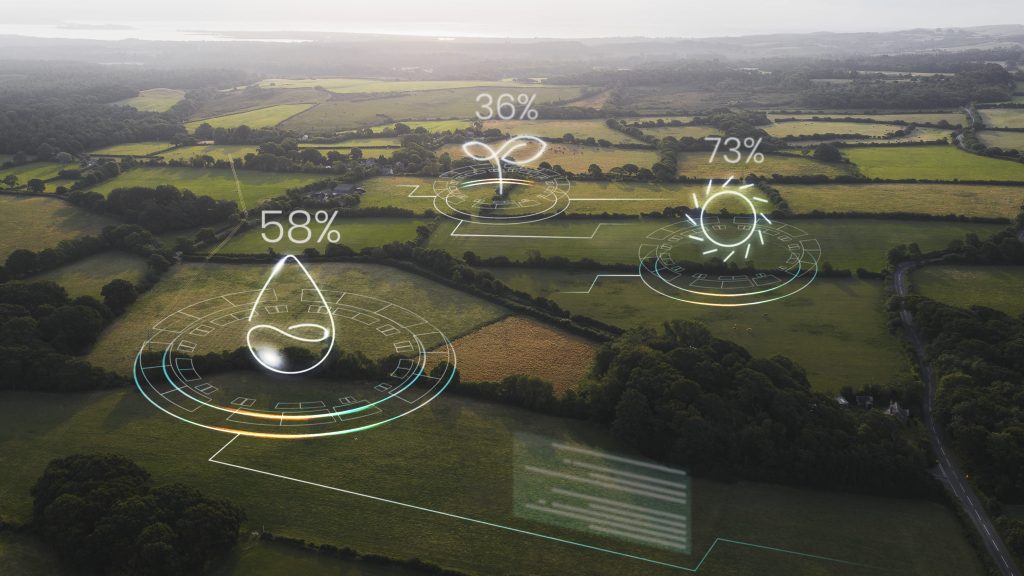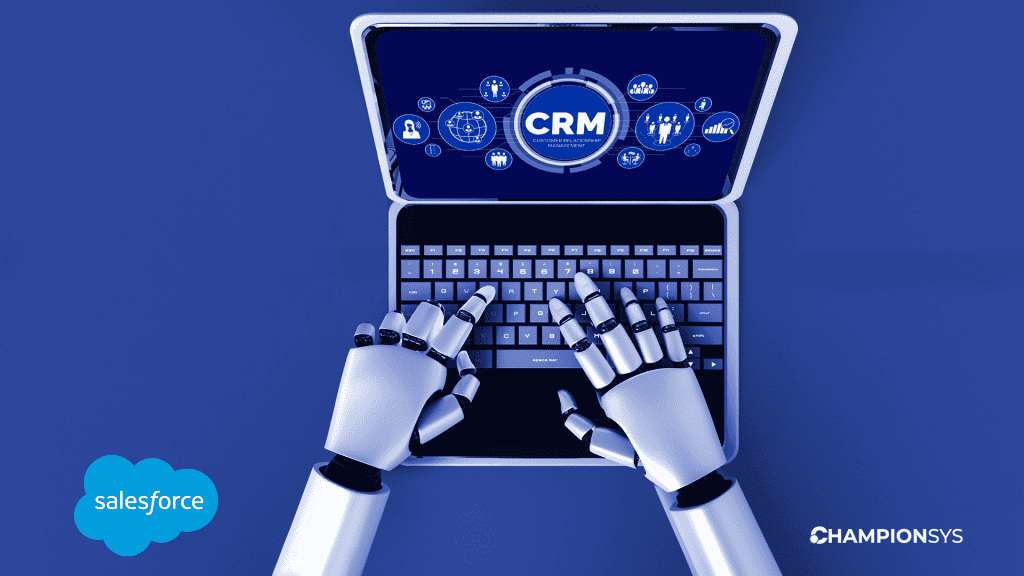
MRO is one of the key factors to having a suitable production process, which you know depends on your business’ success and growth.
We can measure productivity by calculating the total goods and services generated by resources used in a period. When developing an MRO (maintenance, repair and operations) solution, we aim to optimize productivity and eliminate any minor factor that negatively influences production, making you lose money or resources.
What is MRO about?
MRO stands for maintenance, repair, and operations and is all the actions you perform to maintain and install everything necessary for the production process of a company/industry.
Can MRO management be done without the help of software? Yes, it can. But it is not recommended. These activities require millimetric care and detail because it depends on it that the business can be productive, and that is why it is a good idea to incorporate maintenance, repair, and operations software that gives your team an overview of these processes, so they can manage them effectively and even predictively.
An MRO software describes all the steps and actions needed to maintain a facility, all systems within the facility, and the necessary machines for the company’s core production.
Specifically, it provides you with information about:
- The materials needed
- Materials management
- Facility management
- Information on the maintenance and repair of industrial equipment.
- Planning and management of consumables
- Maintenance supplies
- Operation and maintenance of safety equipment
- Infrastructure maintenance
- Repair and maintenance of production equipment
- Expenses, among others.
Materials to include in an MRO:
As you know, materials are one of the variables you can track in an MRO, but what type of materials should you preferably include? Here’s what to include next:
- Spare parts for production machines, e.g. pumps, belts and valves.
- Consumables include lubricants, insulators, gloves, batteries, construction materials, stationery, and protection materials…
- Tools or equipment for in-process or scheduled repairs or maintenance.
- Safety materials and equipment such as fire extinguishers, and carbon monoxide detectors, among others.
MRO examples:
Facility operation and management:
A building needs periodic maintenance and review to know if it meets the standards required for the company’s processes. All the materials and activities related to this process are a type of MRO you should have in your management software.
MRO for industrial equipment handling:
To manufacture a product or provide service involves machinery or equipment in most cases and they need maintenance, repair, and supervision. MRO software usually includes the ability to track machines and equipment, such as motors, pumps, spare parts, etc., especially in industrial companies.
Consumables management:
This management is perhaps one of the most important and complicated because these are resources that run out and we must make sure that we always keep an updated inventory so that all consumable materials involved in the production processes are always available.
The lack of consumables seriously affects the productivity of the company.
MRO planning should include consumables such as cleaning or office supplies, glue, gloves, goggles, safety glasses and dust masks, and other essential items that make the business run.
MRO for maintenance supply management
Maintenance supplies such as tools, spare parts and other equipment should be included in MRO management, as they are also vital to a company’s daily routine.
With intelligent software, it becomes easier to maintain inventory, make timely replenishments, know the location and availability of each supply, and even link purchasing with suppliers without human intervention.
Control and management of safety equipment
Deficient equipment or the lack of safety equipment can cause serious problems in your production process and represents a danger for your collaborators that is why one of the processes included in the MRO tools is the one related to safety equipment.
Infrastructure repair and maintenance
This category applies mainly to industrial companies or those with warehouses, offices, or any other infrastructure for operations.
The more spaces the company owns implies better control over them, and this is possible by implementing an MRO tool.
From there, you will monitor all the crucial information about your facilities, such as breakdowns, lighting systems, cleaning, or even pest control.
Maintenance of material handling equipment
You probably have types of equipment that are not key to the production of your product or service within your company, but they are still important for the development of activities such as forklifts or conveyor systems. The control, handling, repair and even replacement of these materials or equipment are also advisable to include them in the MRO software tool.
Why is MRO important for champion companies?
If you want to work efficiently, create a smooth workflow and ensure quality and standardization in your product or service, an MRO is essential for you. Among its benefits are:
🏆 Increases safety in operations: Most accidents occur when there is no proper maintenance of machinery, facilities, or equipment or when a consumable necessary to ensure the safety of your employees is missing.
🏆 Decrease costs: breakdowns or unexpected events generate higher costs than preventive maintenance.
🏆 Increases the productivity of the company: having a perfect balance in the operations allows you to constantly reach and exceed your company’s productivity, and also to do it with efficiency.
🏆Increased prevention: They can make your operations process predictable and even schedule repairs to avoid unexpected interruptions that affect your production.
Develop an MRO with Artificial Intelligence
“According to a Global newswire report, The MRO business market is projected to grow to USD 4.7 billion by 2030, at a CAGR of 14.6%. “
The rise of AI and machine learning has not escaped MRO processes, in fact, solutions have been created that combine new technologies such as machine learning with VR or robotics (RPA).
Predictive maintenance, or the use of intelligent sensor data, allows to the prediction of maintenance needs, anticipates component failures and reduces unexpected maintenance.
Digital information analyzed in real-time is more advantageous for this process, because it reduces human error, and allows faster execution.
These solutions also make paperless the MRO process, because they are stored in the cloud and are easily accessible from any device.
Predictive maintenance is changing the rules in the industry. With the ability to accurately predict the useful life or the failure date of a part or assembly, it is possible to extend its use to almost the limit and replace them in time to avoid major interruptions in the production process.
Thanks to AI, it is possible to model how each part degrades and predict whether each of them, based on its wear, will fulfill a cycle of 80, 90, 100, 110, or 140% of the expected lifetime.
The prediction of failure date with AI also allows for avoiding failures during operation, neutralizing the possibility of stoppages in production lines or operational services.
Are you ready to take the next step and develop your intelligent MRO solution? Contact our champion team and schedule a free discovery session.


